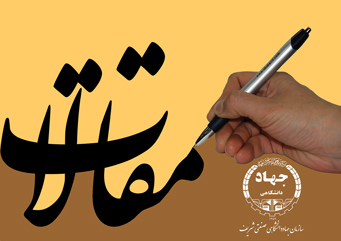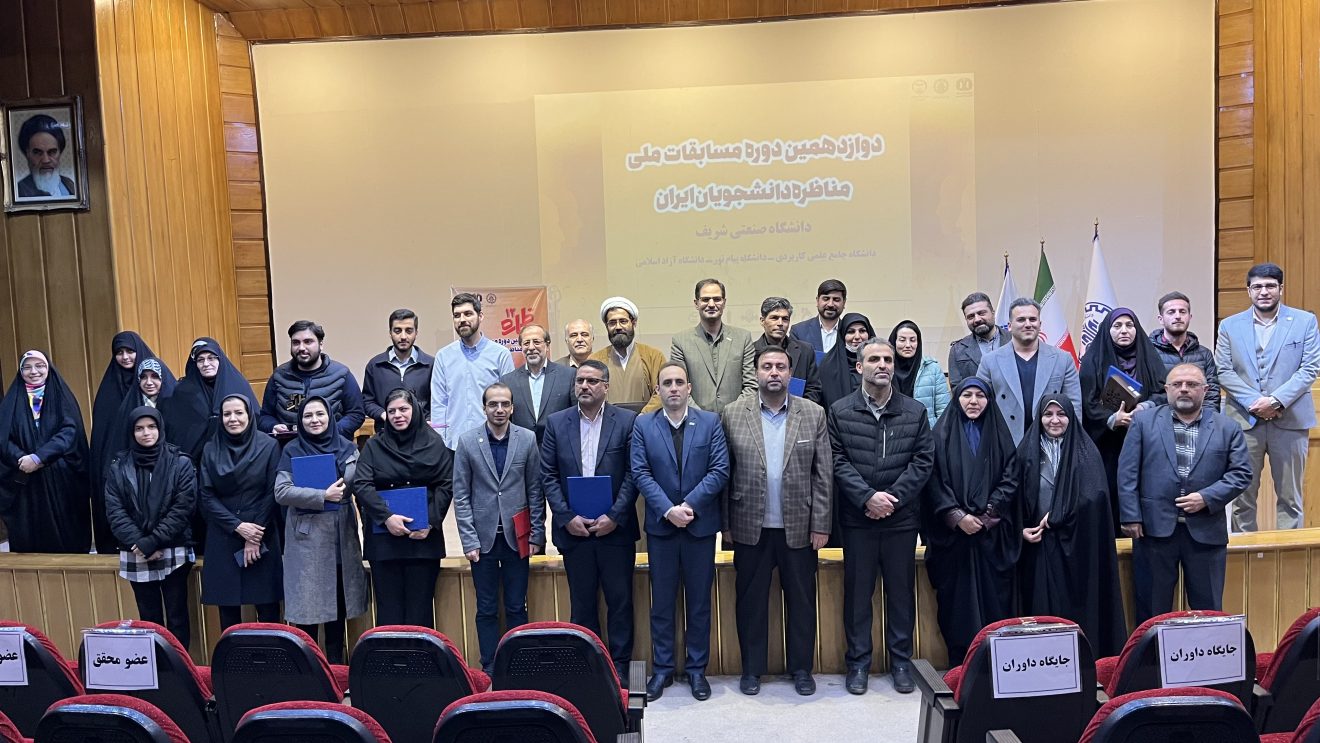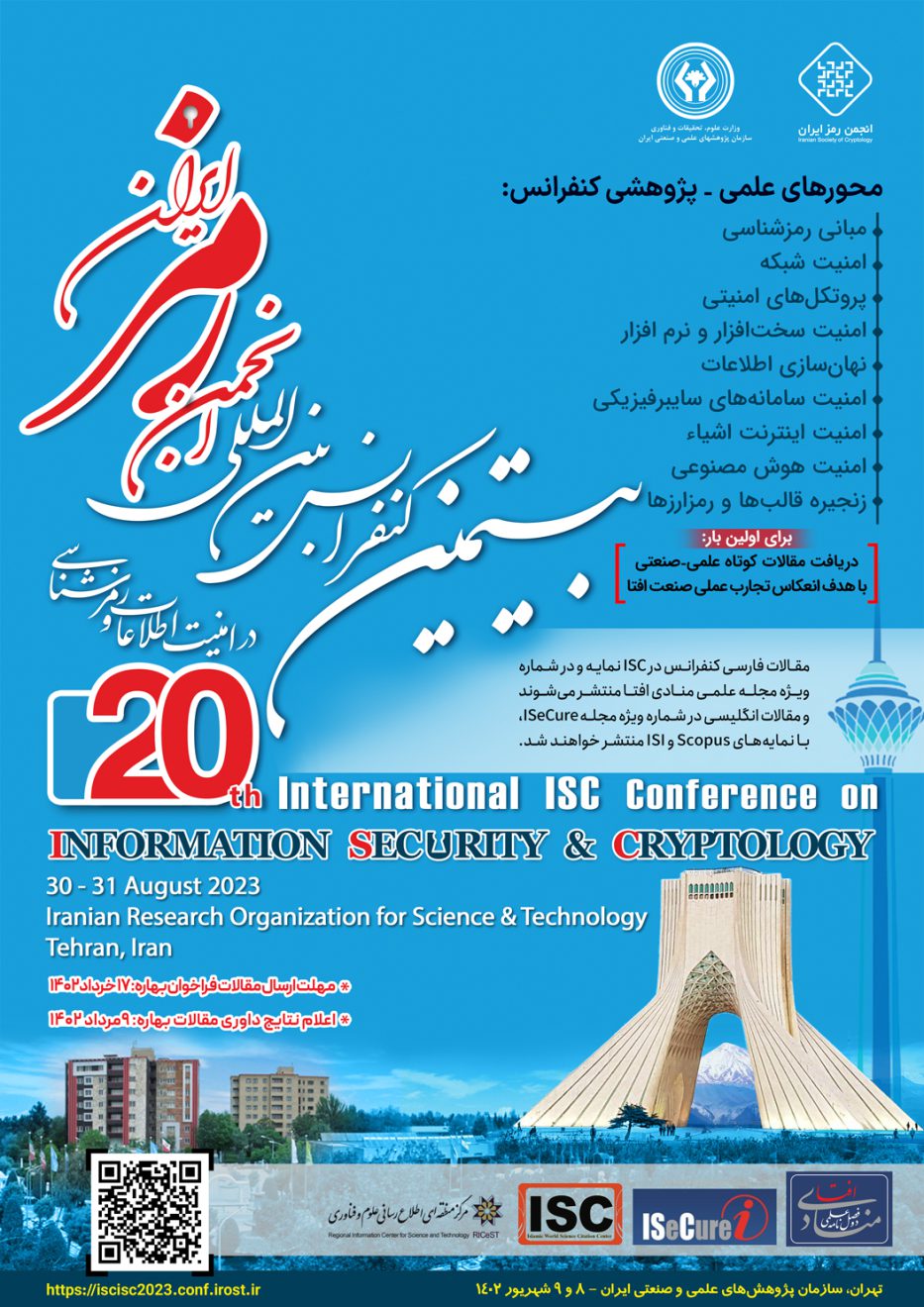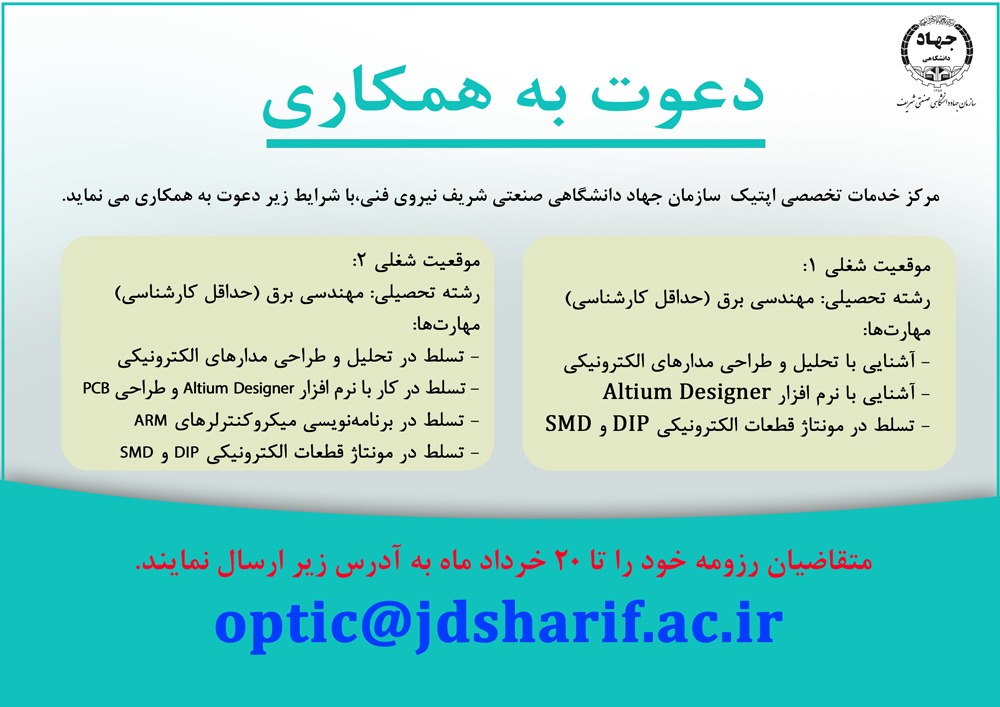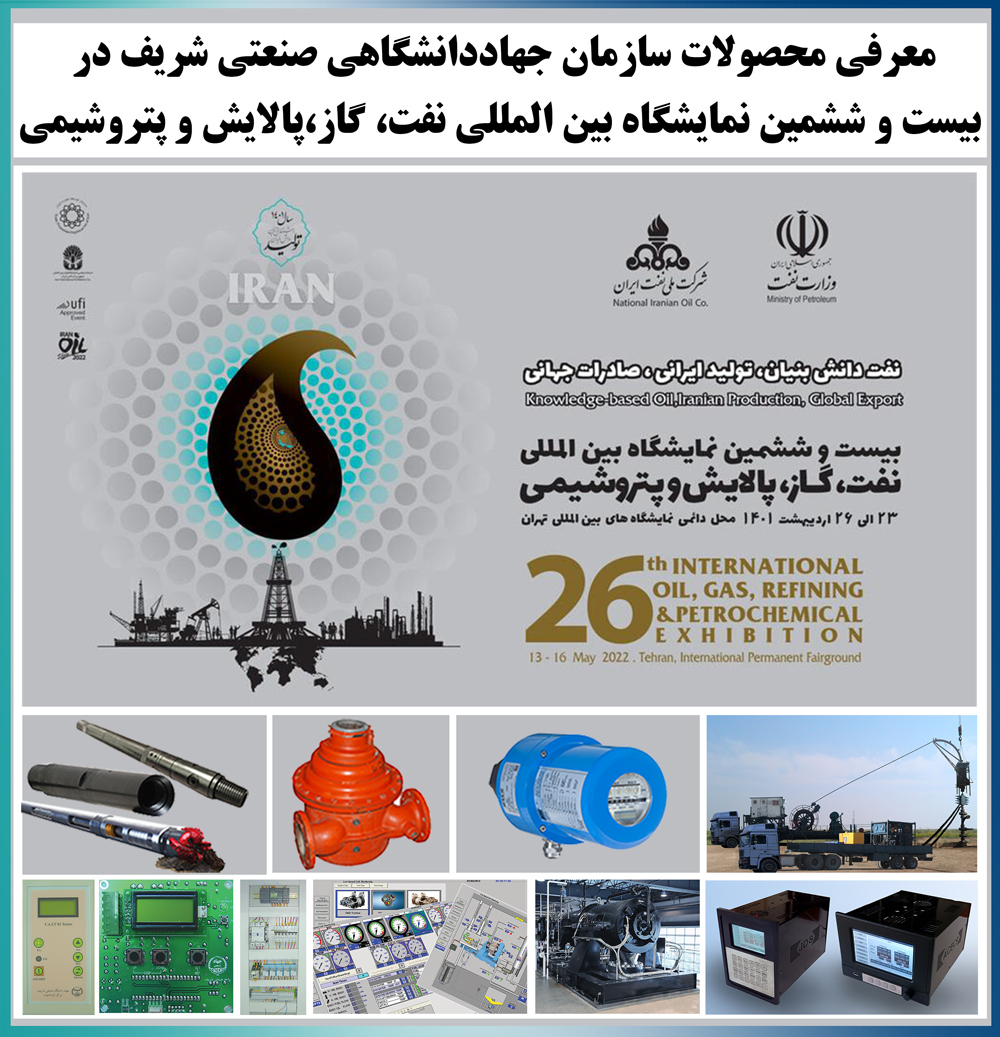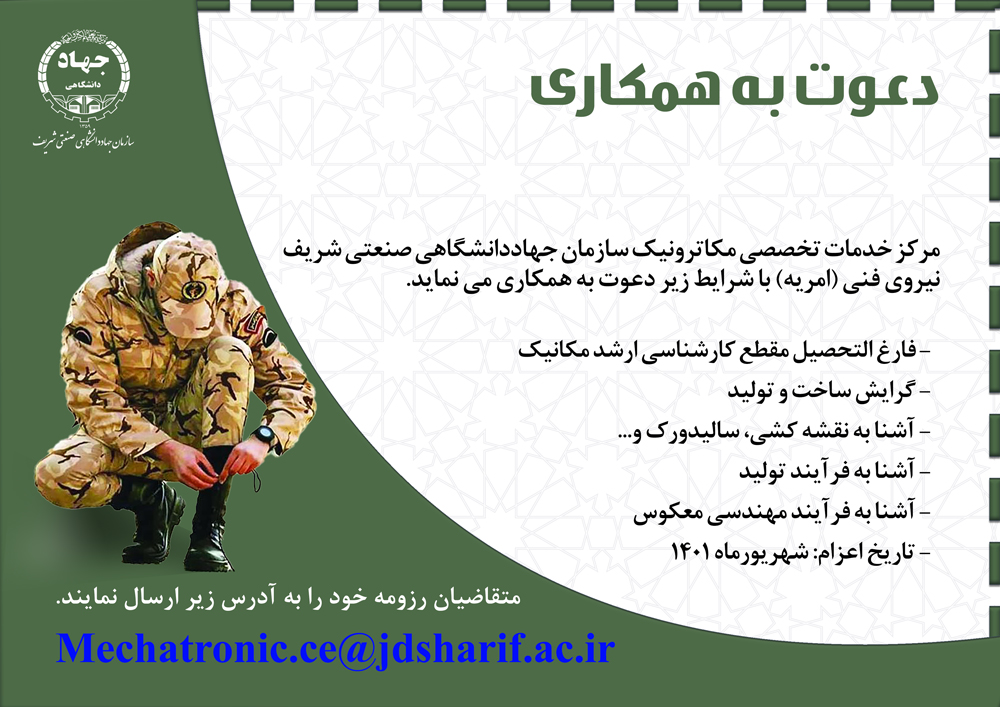این مقاله با عنوان «بهبود خواص مکانیکی (مقاومت در برابر خوردگی)فولاد زنگ نزن با پوشش نیکل به کمک کاشت یون» در نشریه بین المللی ACTA PHYSICA POLONICA A – manuscript acceptance منتشر شده است.
این مقاله با عنوان انگلیسی
Improving the Corrosion Resistanceof Ni/SS Thin Films by Nitrogen Ion Implantation
توسط مهندس علی آرمان از اعضا گروه پژوهشی فناوری خلأ و با همکاری مهندس خلیل شرافت مدیر مرکز خدمات تخصصی مکاترونیک و فناوری خلأبالا و مهندس محمد صادقی عضو هیات علمی و مدیر مرکز خدمات تخصصی کلینیک صنعت سازمان جهاد دانشگاهی صنعتی شریف نگارش شده است.
در چکیده این مقاله آمده است:
یون های گاز ازت در انرژی های مختلف ۱۰، ۲۰ و۵۰ الکترون ولت و شار ۵×۱۰۱۷ N+ cm−۲ بر روی فولاد زنگ نزن ۳۱۶ با پوشش نیکل، در دمای اتاق کاشت شدند.
خصوصیات ساختاری، مورفولوژی و مقاومت به خوردگی نمونه های تولید شده بررسی و با نمونه فولاد بدون پوشش مقایسه شدند.
الگوی پراش پرتو ایکس، شکل گیری فازهای کریستالی نیترید نیکل را برای نمونه های کاشت شده نشان می دهد. مورفولوژی سطح نمونه ها با آنالیز AFM و بکمک تحلیل آماری و فرکتالی سطح نمونه ها بررسی شد. علاوه بر این تست پلاریزیشن پتانسیودینامیک در محلول ۵/۳درصد NaCl برای مطالعه رفتار خوردگی انجام شد.
این مطالعات نشان داد که ابعاد فرکتالی Dq به انرژی کاشت و تقارن طیف مولتی فرکتال F(a) که مربوط به یکنواختی نمونه است، وابسته است. به این ترتیب، کمترین مقدار، متعلق به نمونه کاشت شده در بالاترین انرژی کاشت می باشد. همچنین افزایش انرژی کاشت، میزان مقاومت به خوردگی را افزایش داد. کاهش همزمان چگالی جریان خوردگی و افزایش پتانسیل خوردگی برای نمونه های کاشت شده در مقایسه با نمونه بدون پوشش، نشان داد که نمونه های با پوشش نسبت به خوردگی مقاوم ترند و بیشترین مقاومت به خوردگی برای نمونه کاشت شده با انرژی ۵۰ کیلوالکترون ولت به دست آمد. تطابق میان مقاومت به خوردگی و خصوصیات ساختاری و مورفولوژی القا شده با کاشت، بحث شده است.
N+ions were incorporated into nickel-coated 316 stainless steel (SS) at room temperature using differentenergies (10, 20, and 50 keV) and a fluence of5×۱۰۱۷N+cm−۲٫ The microstructure, surface morphology, andcorrosion inhibition of the obtained materials were investigated and compared with the properties of the untreatedsteel using several analytical techniques. The X-ray diffraction patterns indicated the formation of nickel nitridewith the ion implantation process. The surface morphology of the samples was studied by atomic force microscopyand statistical and multifractal analytical methods. Moreover, the potentiodynamic polarization test in 3.5%NaCl solution was carried out to evaluate the corrosion properties of the samples. These studies revealed thatthe generalized fractal dimension,Dq, is dependent on the ion implantation energy and the symmetry of themultifractal singularity spectra,f(α), which is related to the uniformity of the sample. In this manner, the lowestvalue was obtained for the sample prepared with the maximum ion implantation energy. Also, the increment of theimplantation energy yields to increase the corrosion resistance. The simultaneous decrease of the corrosion currentdensity (Icorr)and the increase of the corrosion potential observed with the N+ion-implantation indicate thattreated samples are more resistant to corrosion than the untreated steel, and the highest corrosion protection wasobserved for the maximum implantation energy (50 keV). The correlation between corrosion resistance, structuraland surface morphology induced by implantation is discussed.

